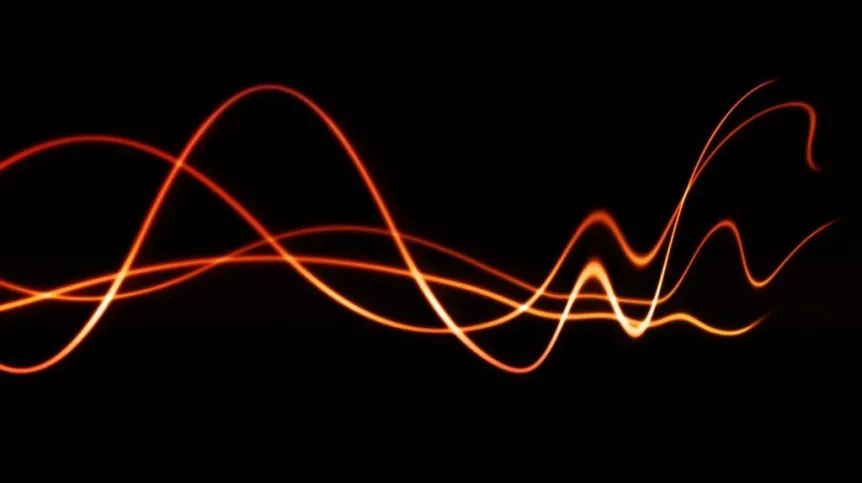
Sound travels differently in the cave, and differently in a hall. The team from AGH University of Science and Technology in Kraków has been working on precisely modified sound in computer games depending on the space in which the virtual character moves.
AGH Researchers are working on the solution that would allow to not only see the character’s movement in space on screen, but also hear it. "Game developers usually focus on graphics, and the sound only complements it. We want to make the sound and the way it travels to be a source of information for the player" - said the RAYAV project leader, Bartosz Ziółko of AGH.
He explains that in video games the sound usually only slightly depends on the environment. At best, game developers add simple sound effects to indicate that, for example, the character is in a room or in a hall. "In our case, the sound will be modified depending on the exact dimensions of the hall, on the location of the source and the listener" - he explained.
"It is a science project, but designed with implementation in mind - said Bartosz Ziółko. - The idea is to automate part of the work associated with the sound in the production of computer games. Now, sound designer has to set a lot of effects that modify sounds manually and determine the time they engage. Our solution introduces a calculation system, which will modify the sound depending on the distance from the source, and on how sound propagates in the room. This would be calculated on the fly during the game. The idea is to achieve a more realistic presentation of space" - he said. With such a system, a recorded sound could be played back in any room in the game, and each time it would propagate consistently with the environment.
"What we hear is not only the direct sound itself, but also its reflection from the walls, floor and ceiling. And reflections of reflections, each of which reaches the listener with different delay" - described Bartosz Ziółko. He added that in the middle of a field there would be no reflected sound, but the smaller the room, the more the reflections occur and create the reverb effect.
According to the expert, a similar technique is used in the movies. "But in the movies we know what will happen, and a gamer can go in whichever direction he wants. We can not calculate in advance what is going to happen. Our system will give effect only after the player decides what to do" - he said.
Listen to how the RAYAV system works in the video prepared for PAP:
Ziółko emphasised that the solution could be used not only to create new types of objectives in games, but even entire games. He revealed that at AGH a game designed specifically for the system is being developed as part of a diploma project. The player uses Kinect to move through the maze. He must find the way not by using visual information, but by listening to... reverb.
Bartosz Ziółko added that the program could also be used in architecture. It would allow, for example, to design a virtual concert hall and listen to how the sound would be propagate even before the hall is built. Such programs exist, but according to the researcher they can be improved.
Bartosz Ziółko admitted that for now calculations performed by the system use too much memory for the system to be used on home computers. "But with each passing month our program speeds up" - noted the researcher and explained that by June of next year, when the project ends, the system should be ready for application in games.
The research project RAYAV (Raytracer Audio and Video) is carried out by AGH and Teyon in the INNOTECH programme of the National Centre for Research and Development.
PAP - Science and Scholarship in Poland, Ludwika Tomala
lt/ mrt/
tr. RL













